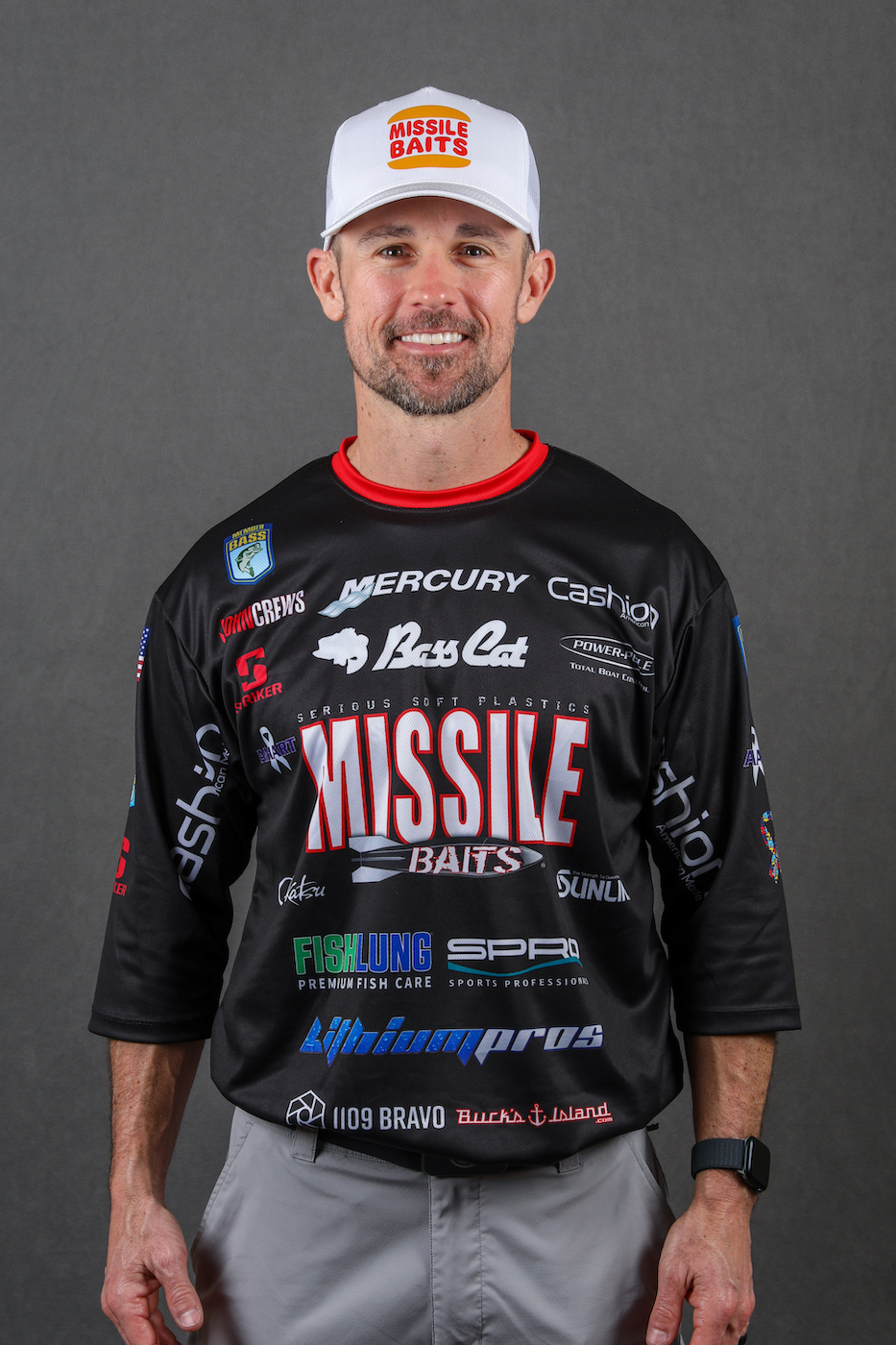
Your prop is an important part of your fishing arsenal. It’s critical to the performance of your boat. The right prop will make your boat perform the way you want it to. The wrong prop will create frustration and disappointment.
With that in mind I thought a couple of columns about props would be helpful. I’ve noticed that there hasn’t been much written about them lately. I know they’re a popular topic on some of the discussion boards, but a lot of that information is incomplete or just plain wrong.
Before we get into the details, however, I want to warn everyone about making too many changes in their props or getting too carried away with things.
The major motor and boat manufacturers – my experience is with Bass Cat and Mercury – spend a lot of time, effort and money setting up their rigs. They want them to perform properly and they want happy owners. Be careful about deviating too far from what they’ve done unless you know what you’re doing.
Pitch is something that’s misunderstood by many anglers. The pitch of a prop is essentially the angle at which the blades cut through the water. The higher the pitch, the higher the “gear” of the prop. A higher pitch will give you more top-end speed. A lower pitch will give you a better hole shot.
Most bass boats run a 25 or 26 pitch prop. Some that carry really heavy loads or extremely large boats might run a 24. Some faster boats run a 27. Outside of that range you’ll only find racing type hulls or tricked out motors.
If you’re thinking about changing to a prop with a higher or lower pitch check your manufacturer’s recommendations before you do. Outboard motors are designed to run at a certain rpm at full power. For instance, my Mercury 250 Pro XS is designed to run at 5,800-6,000 rpm at full throttle, full speed.
I won’t run a prop that’ll give me more or less than that. Going above or below the recommended rpm range can cause it to run inefficiently and slow you down. I’m not talking just about performance, either. I’m talking about wasting money on gas you don’t need to spend.
Most bass boats will give you their best top-end performance with a three blade prop. The blades are generally bigger and have more surface area for cup.
Cup is the flange, bent toward the traction surface on the trailing edge of each blade. The cup helps a boat get lift on the front of the boat at high speed. The less hull in the water, the less resistance on the boat. That means more speed.
Four or five blade props are generally smaller in diameter. This result is more blade surface area, which means better traction in tight turns or on big waves. The drawback to smaller blades is that they don’t have as much surface area for cup and are smaller in diameter so they don’t have the lift that most bass boats need to reach maximum top-end speed.
This difference is usually 2-5 mph from my experience. Some anglers may need to run a four or five blade prop. If you’re fishing areas where you need to make sharp turns at speed or if you regularly fight big waves and rough water, trading a small amount of speed for stability and control may be a good deal. It just depends on your individual circumstances.
Next time we’ll talk about when to repair or replace your prop, the effect of elevation on performance and a couple of other things that you might find useful.

